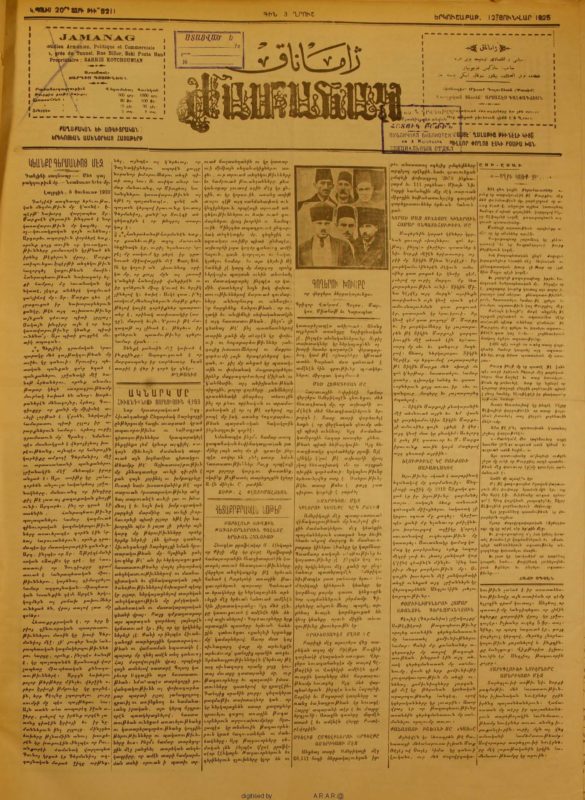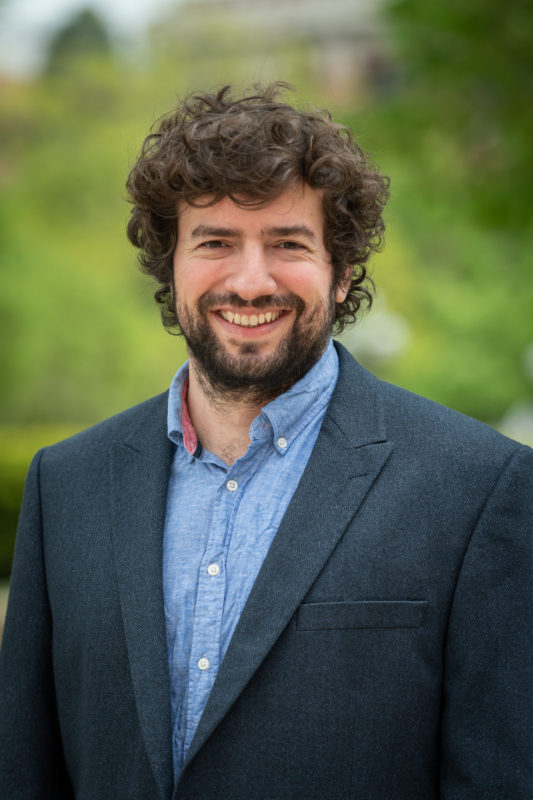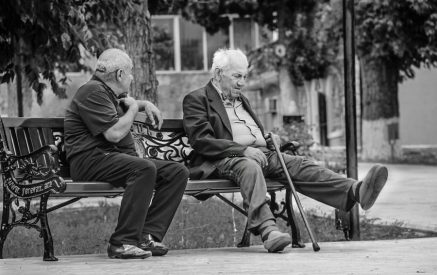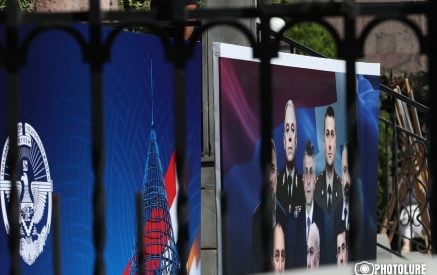by The Armenian Mirror-Spectator
By Ari Şekeryan
Special to the Mirror-Spectator
Released in November 2021, the Netflix miniseries “The Club” has had repercussions in Turkey and worldwide. The series features turbulent and violent episodes from the early Turkish Republic, targeting non-Muslim communities including Armenians, Greeks and Jews in Istanbul. “The Club” focuses on the life of a Sephardic Jew, Matilda Aseo, daughter of a once wealthy Jewish family in Istanbul who lost their entire fortune in 1942, when the Turkish government imposed a Wealth Tax Law. The miniseries shows how Matilda and her family suffered, from this law, from the pogroms of September 1955, and from the regime’s nationalist policies.
Read also
Critics and scholars found the miniseries “valuable,” “unconventional,” and “an important step” to revisit Turkey’s past and (more importantly) towards “facing history.” Yet the show has not gone unquestioned. Two points stand out: first, Tasula conforms to a stereotype of “unchaste” Greek women as sexually available. The use of this stereotype is inconvenient. Secondly, the closing sequence has been found wanting: under the roof of the ‘club’ we see a family portrait, happy Turkish citizens, people who chose to stay. It crowds out the reality of those who suffered.
I concur with these critics. However, such criticism should not lessen the impact this mini-series brought to wider domestic and international society. Setting aside the international community’s ignorance about treatment of non-Muslim communities in early Turkish Republic years, most in Turkish society had no information about these violent episodes. This miniseries opens the unwelcome pages of not-so-distant history, exposing millions to Turkey’s historical amnesia. (Netflix has over 200 million subscribers worldwide, including 3 million in Turkey.)
So, a question comes to my mind: is ignorance about the plight of non-Muslim communities in Turkey peculiar to wider society and non-academic circles? No. With scant exception, scholars too have failed to pay attention to these episodes, whether in research or analysis.
Researching nationalist state policies and their impact on the Armenian community in Istanbul, I began with a collection of Armenian and Ottoman Turkish newspapers published between 1923 and 1930. My aim was to understand this post-genocide period, neglected by previous history writers, whether Turkish or Armenian. (Two important exceptions are Lerna Ekmekçioglu and Talin Suciyan.) As I read my sources, I realized how far we are from understanding the fate of the Armenian community in Turkey. Discriminatory and violent episodes occurred well before the 1942 Wealth Tax Law and the September 1955 pogrom, featured in “The Club.” These too deserve to be brought to light.
The Discriminatory Travel Ban
One episode that significantly affected the life of the Armenian community in Istanbul was the discriminatory travel ban imposed by state authorities on the Armenians. In 1925, no Armenian from Istanbul was allowed to travel outside the city limits. Similarly, Armenians were prohibited from travelling to Istanbul from Anatolia. Although members of the Armenian community were Turkish citizens and entitled to equal rights (in accordance with the Republic’s constitution and the provisions of the Treaty of Lausanne), the travel ban was applied only to Turkish citizens of Armenian origin. Turkish Muslim citizens were left free to travel at will. In January 1925, a Zhamanag (Armenian newspaper) reporter told how Armenian merchants were stranded in Istanbul, banned from returning to their hometown of Catalca, a little over 30 miles to the west (Zhamanag, January 12, 1925, No. 5211).

An issue of the Istanbul-Armenian newspaper Zhamanag from January 12, 1925
Government authorities implemented the travel ban, allowing few Armenians to travel to Anatolia. A nation-wide shortage of qualified workers and construction experts led to a minor exemption in Anatolia (Marmara, December 26, 1924, No. 53). The state was willing to permit movement where it profited the state, a kind of commodification of these (implicitly) second-class citizens who were the members of an already traumatized post-genocide community. The initial promise from the newly-established Republican regime was to create a Turkish nation based on civic principles, where all the citizens would be equal regardless of their ethnic and religious background. The travel ban imposed on Armenians contrasts with the civic definitions of Turkish nationalism presented by the Republican authorities.
Education and Language Policies
Alongside restrictions affecting travel and trade, the new Republican government also targeted education. There were tens of educational institutions in Istanbul belonging to the non-Muslim communities in the 1920s. Policymakers believed the Turkification process should begin by nationalizing the curriculum of these schools. They introduced new regulations. Increasing Turkish language, history, and culture classes for minority students was a key objective. Correspondingly, native language classes were decreased. Officials exerted further pressure by increasing Turkish teachers’ salaries, paid by these schools themselves, and forcing non-Muslim teachers in these schools to resign on the basis that they lacked necessary Turkish language knowledge.
The Armenian community leadership had limited means to protest the state’s nationalist education policies. Even though their reactions were far from being official protests, the Armenian educators did not take these severe changes lightly or embrace them readily. School directors and Armenian teachers filed petitions expressing their view that the increased hours of Turkish language, history and geography courses were not pedagogically appropriate for the students. School directors urged the government to reduce the number of obligatory hours of Turkish courses. They met with no success (Zhamanag, October 11, 1925, No. 5477).

Ari Şekeryan
During the succeeding decades, Armenian schools closed as a result of funding issues and low enrollment rates. Yet the community managed to protect a number of them. In 1923, there were 47 Armenian schools in Istanbul. In 1998, there were 19 left. As of 2017, there were 16 (75. Yılda Türkiye Ermenileri, Istanbul: Türkiye Ermenileri Cemaati 75.Yıl Tertip Heyeti, 1998), p. 33; «Հայ Դպրոցը Անցեալէն Դէպի Այսօր» [The Armenian School From the Past to the Present] ). Differently put, two thirds of schools closed, an absent witness to the impact of the regime’s discriminatory policies. Yet one-third remain, reminding us all that the Armenian community nevertheless persists.
Inside the Real Club
The experience of non-Muslim communities in early Turkish Republican years has its peculiarities. It is not an isolated case. Discriminatory treatment of minority populations in early nation-states is quite common. The Netflix miniseries “The Club” has brought the treatment of non-Muslim communities in Turkey in recent history to popular attention and that is significant. As more research is done and shared on these topics, domestic and international society will learn more of what happened. This may, in turn, help modern-day societies not to repeat past mistakes.
Dr. Ari Şekeryan was a Visiting Scholar at the University of Cambridge and part of a Turkish-Armenian Relations research project hosted by Cambridge Interfaith Programme and funded by the Calouste Gulbenkian Foundation. Dr. Şekeryan is currently a visiting scholar at the University of Michigan, Ann Arbor, Center for Armenian Studies. The views expressed are the author’s own.




























































